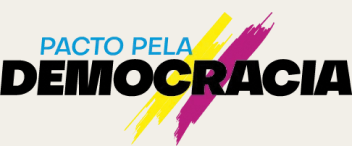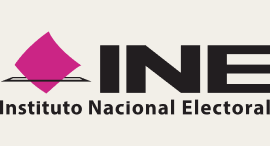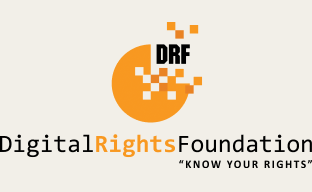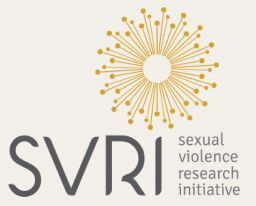The pandemic has left us all trying to untangle new and complicated COVID-19 information. It’s been an overwhelming and continuous part of the pandemic, and it’s not one that’s just in our heads. New research suggests that few websites are publishing COVID-19 content at a reading level that works for the general population.
Everyone has the right to information during a crisis. Unavailable, unclear, or inaccessible communications can increase anxiety, especially during times of uncertainty and ambiguity. Complex messages are also prone to misunderstandings. Misinterpretation or misapplication of complex topics like COVID-19 can result in the spread of misinformation and midinformation.
Over the past year, researchers have studied the "readability" of COVID-19 information published online. What’s readability, you ask? Reading level tools that give "readability scores" estimate the number of years of education needed to understand a piece of content. In the U.S., many newspapers publish content to accommodate people who read between an eighth- and tenth-grade level. However, the average American reading level is around grade five or six. For low-literacy readers, experts recommend creating materials at a reading level between third and fifth grade.
The recent studies found that most COVID-19 information websites aren’t meeting us where we’re at:
- Worrall and colleagues assessed the readability of COVID-19-related content for a total of 240 English language webpage URLs from Ireland, the United Kingdom, Canada, and the United States. Using four tools, the team found that only 17.2% (n=165) of all readability scores analyzed were at a universally readable level. They also found that government and public health organization websites scored better than academic or scientific institutions, digital media, or others.
- Basch and colleagues conducted a similar study of COVID-19 online search results from 100 English language websites. They also found that most websites were above a tenth-grade reading level target. In their sample, only four websites had content at less than a sixth-grade reading level.
- Mishra and Dexter compared COVID-19 information readability from official public health agencies and governments of 15 countries. They found that all 18 websites scored above a sixth to eighth-grade reading level. They also found that 95% (n=141) scored above grade eight for all five readability metrics.
- Additional COVID-19-related readability studies by Szmuda and colleagues, Garcia and colleagues, and Ferguson and colleagues suggested that the reading ease of COVID-19-related health information online is a major problem.
In a recent reflection on our Health-Desk work, we conducted a series of semi-structured qualitative interviews (n=6) with partner journalists and fact-checkers from six different countries. The partners we interviewed endorsed the quality, readability, and applicability of our content in supporting their fact-checking efforts.
To further our evaluation, we conducted a readability audit. We chose 27 COVID-19-related Health Desk explainers written between June and December 2020. All of the audited entries were ones submitted by our media partners. The queries covered a variety of key topics, including nutrition, vaccines, testing, masks, treatment, and statistics.
Like many similar studies from the past year, we used an online readability tool to score our content. By our measurements, like so many COVID-19 communication websites out there today, we also failed to meet the recommended targets for readability at the sixth or tenth-grade targets. Our sample reading score was around a grade 15 (95%CI: 14.61, 15.63), which is considered difficult to read and appropriate for college students.
There’s some nuance to this. While readability is important, using reading ease alone to determine how well the public will understand health messaging is problematic. Health literacy efforts focus on how well individuals can find, understand, and use information to make health-related decisions. Readability scores should be considered together with clear communications tools to promote accessibility, actionability, and health literacy.
There are many tools available through the U.S. Centers for Disease Control and Prevention (CDC), U.S. National Institutes of Health, the World Health Organization, and others to improve health communications. These leading health organizations all suggest that plain language principles should be used in all general communications:
- Engage the reader by organizing content to answer their questions. Include a main message (or messages) at the beginning of the piece.
- Use short sentences.
- Keep the readability grade level as low as possible to ensure that more people can understand the content.
- Use an active voice so that readers understand what to do with the information provided.
- Use everyday, plain, or common language.
Our Health Desk editorial team and public health experts are continuing to evaluate where and how to improve communications to support health literacy and equity. We have used an adapted clear communications tool from the CDC to assess our explainers further, and we will apply our learnings to improve our Health Desk content. We will integrate more action statements, begin using simpler text, and adjust formatting. In the coming weeks, we will also implement new editorial standards. Our new standards employ principles from journalism, crisis communications, education, and health literacy. These are actions that we encourage all health communicators to adopt, because readability is an important fixture of our health information ecosystems.
The COVID-19 pandemic has highlighted the need for resource investment in preparedness planning. It has also highlighted the need for improved communications. We must ensure that the public has the information needed to make safe and informed health decisions to protect their health and the health of their families, friends, and communities. The findings from studies of government, academic, and public-health-focused COVID-19-related websites should serve as a call to action. To prevent the spread of misinformation, health communicators must take responsibility for creating more understandable and accessible content.
We collaborated with 53 partner organizations worldwide to design and carry out our 2024 elections projects. We extend special gratitude to our lead partners in Brazil, Mexico and Pakistan, whose work we highlight in this essay.



The 2024 elections projects featured in here would not have been possible without the generous support of these funders.










